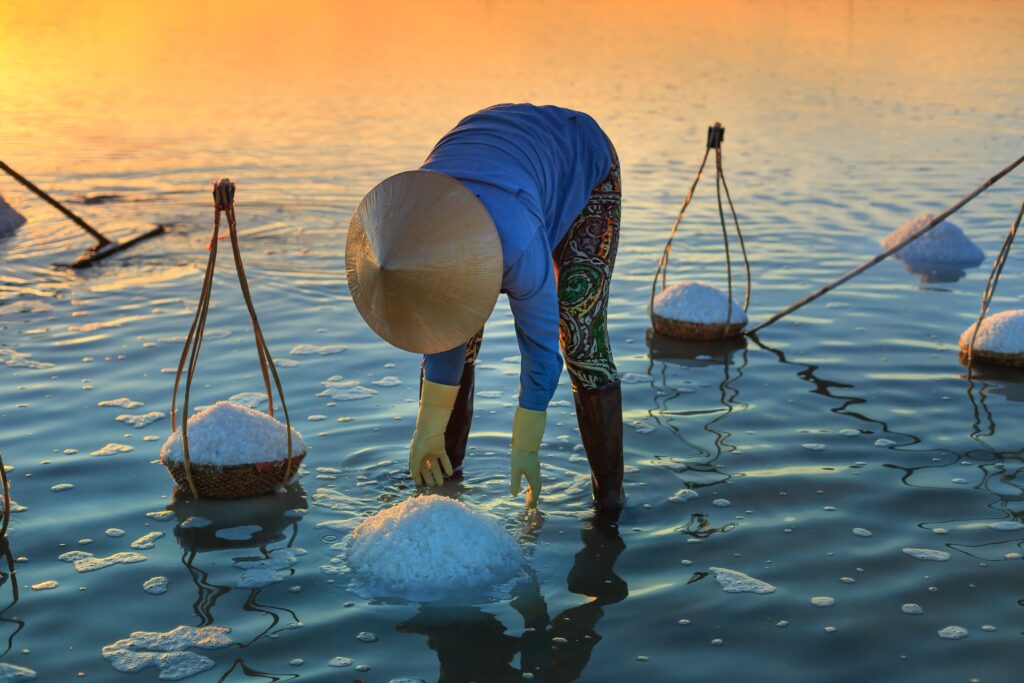
In recent years, fancy Himalayan pink salt has emerged as a popular alternative to regular sea salt. But does the pretty pink variety actually offer any special health advantages? Let’s dive into the key similarities and differences between these two mineral-rich seasonings.
Both sea salt and Himalayan pink salt originate from ancient dried sea beds and are packed with natural trace minerals. These minerals provide a range of potential health benefits lacking in common table salt. Some of the key minerals include potassium, magnesium, calcium and iron.
Potassium helps lower blood pressure by counterbalancing sodium. Magnesium aids bone strength and heart health. Calcium supports strong teeth and bones, while iron enables red blood cell production and efficient oxygen circulation.
In addition to their mineral content, both salts help regulate hydration and electrolyte balance within the body. Electrolytes like sodium, chloride and potassium help maintain optimal fluid levels and allow for proper nerve, muscle and organ function. Consuming sea salt or Himalayan salt can help replenish electrolytes lost through sweat.
From a culinary perspective, many chefs prefer the bright, nuanced flavor of these natural salts over plain table salt. Neither can achieve the same salty punch as highly refined table salt, allowing for better moderation and control of sodium intake.
Now, let’s contrast some of the key differences:
Mineral composition – While the mineral profiles overlap significantly, Himalayan pink salt tends to be very high in iron, while sea salt boasts higher levels of magnesium and potassium. This may give sea salt a slight advantage for regulating blood pressure.
Source – Sea salt is evaporated from ocean water, while Himalayan salt is mined from ancient deposits in the Himalayas. Environmental impacts of the mining process may be a concern for some consumers.
Processing – Sea salt usually undergoes very little processing beyond solar evaporation, preserving its natural state. Himalayan salt is often washed or microfiltered to remove impurities.
Color – Sea salt ranges from light grey to white in hue, while Himalayan salt has a distinctive pink tint from iron oxide residue. Color does not affect nutritional value.
Flavor – Most food experts agree that Himalayan pink salt has a slight flavor advantage, imparting a delicately sweet, berry-like taste
Cost – Due to limited global supplies, Himalayan pink salt tends to cost at least 2 to 5 times more than high-quality sea salt.
Ultimately, sea salt and Himalayan pink salt are more alike than different, and both provide a trove of vital nutrients and minerals that table salt lacks. From a health perspective, sea salt holds a small edge due to its higher levels of blood pressure-regulating minerals like magnesium and potassium. It also comes from an ocean-sourced, sustainable production process.
While Himalayan pink salt offers a worthwhile flavor and visual novelty, sea salt provides comparable health benefits at a more economical price point. When it comes to choosing the healthier, more eco-friendly salt on a budget, good old sea salt wins by a margin. But both can benefit health when used in moderation as part of a balanced diet.



